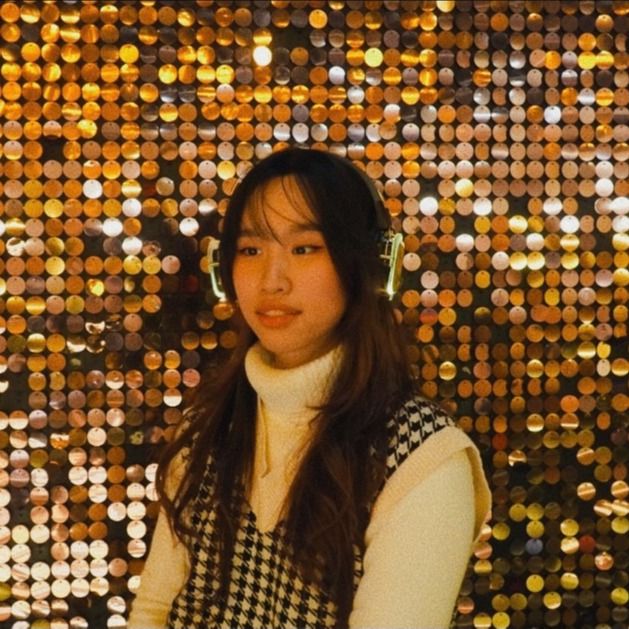Watching a War, in a Digital Age
Mar 23, 2022

📚 content creation, creator economy, social media in the digital world 💚 HackerNoon Intern & Ambassador
📚 content creation, creator economy, social media in the digital world 💚 HackerNoon Intern & Ambassador